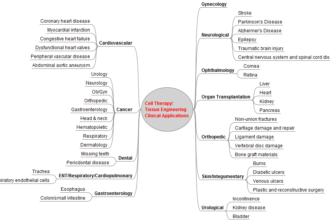Some ethicists say that the goal of profitability of for profit hospice businesses interferes with the ability to provide quality end-of-life care.
Robert Stone, M.D., reporting in the Journal of Law, Medicine and Ethics, says that studies have shown that when for-profit hospices select longer-term patients, this results in overpayment, which, in turn, drains funds from the hospice program.
Some ethicists say that the goal of profitability of for profit hospice businesses interferes with the ability to provide quality end-of-life care.
Robert Stone, M.D., reporting in the Journal of Law, Medicine and Ethics, says that studies have shown that when for-profit hospices select longer-term patients, this results in overpayment, which, in turn, drains funds from the hospice program.
- The for-profit hospice industry grew by 128% between 2001 and 2008, while nonprofits expanded only 1% and government-sponsored hospices jumped 25%.
In short what investigators are saying is that the industry cherry picks. Stone says they do this by selectively recruiting long-term patients who don’t have cancer, pay lower salaries and benefits to a less-skilled staff, and employ fewer registered nurses. By taking care of less acute patients and paying staff less yet receiving the same payment rate as those caring for more acute patients, they essentially can profit is what these investigators are saying.
Stone and his co-author, Joshua Perry, J.D., M.T.S., contend that these practices put non-profit hospices’ financial survival at risk. The study also highlights questionable marketing practices used by for-profit hospices. One tactic involves sending representatives into nursing homes and giving residents branded gifts. Another is paying nursing home employees for future hospice referrals.
In another study, Dr. Melissa Wachterman, a general medicine research fellow, and a palliative care physician at Harvard Medical School and Beth Israel Deaconess Medical Center in Boston., found that non-cancer diagnoses were more common in for-profit hospices. And, since hospice is paid a flat rate, they make a profit on these patients.
She did find that patients’ care needs were met in both for-profit and non-profit hospice programs. Her study appeared in the Journal of the American Medical Association.
- She reported that non-profits had about 48% of patients with cancer compared to 34% in for-profit hospices while for-profit hospices were much more likely to have patients with dementia than were non-profits.
- For-profit hospices had a higher proportion of patients residing in nursing homes and a lower proportion living at home.
- People at for-profit hospice agencies were also likely to stay longer, an average of 20 days compared to 16 for non-profit hospices.
Dr. Joan Teno, a member of the board of the National Hospice and Palliative Care Organization, in speaking with Health Day News said that the notion that dementia patients might need less care than cancer patients, particularly in the area of pain management is not true.
As a consumer, you may not notice because the care for a loved one is probably paid for by insurance. The ultimate question is whether or not quality care is being compromised. At least one study suggests that it is not. What do you think?
Reprinted in part from my about.com blog of the same topic.








